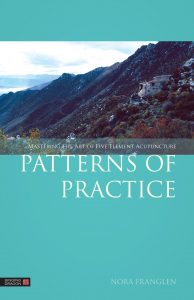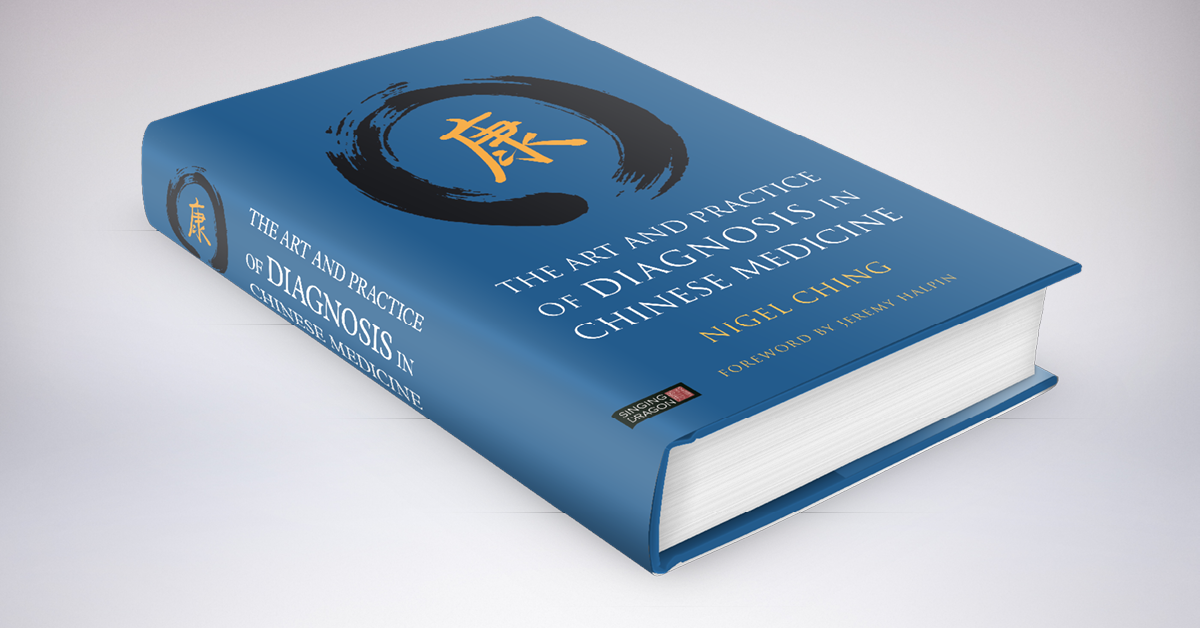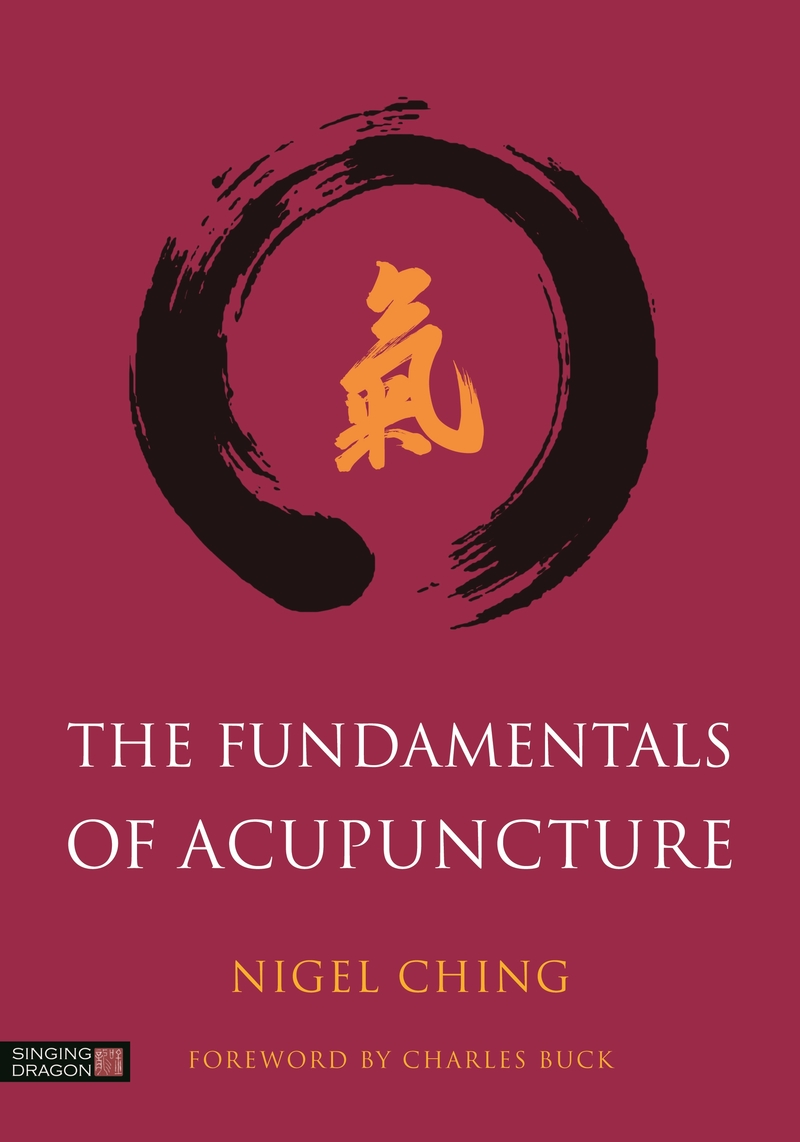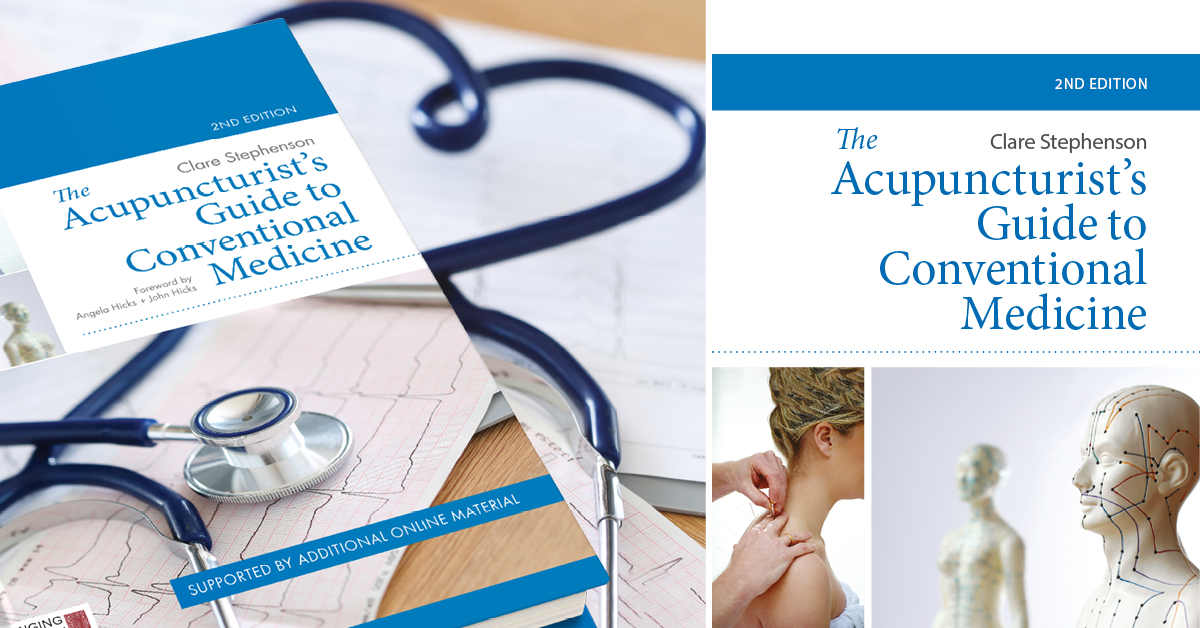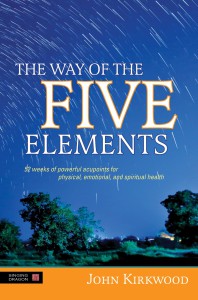
Available 21st November 2015
In The Way of the Five Elements, John Kirkwood references a category of acupoints known as entry and exit points. Here, he elaborates on these points, the timely use of which can make big differences to treatment outcomes.
Qi flows through the 12 organ meridians in a continuous circuit. It flows out of the exit point of one meridian and into the entry point of the next meridian in the Wei Qi cycle. For most of the meridians the entry point is the first point of the meridian. The exit point is either the last point or one close to the end of the meridian.
Entry-Exit Blocks
If work with a client is not holding, there may be a block to treatment and it is worth looking for a possible entry-exit block since these are the most frequently encountered blocks and the most easily treated. Acupressure is well suited to working with these blocks.
An entry-exit block arises when Qi is not flowing freely from one meridian to the next. The blockage of Qi flow between exit and entry point may be partial or complete.
Sometimes a block becomes evident early in treatment, but more commonly, the block occurs during the course of treatment and needs to be addressed in order for the treatment to proceed successfully.
Diagnosing Blocks
The most reliable way to detect blocks is on the pulse where there is a relatively full pulse on one meridian and a relatively deficient pulse on the following meridian. If the pulse is not used, signs and symptoms such as skin eruptions, swelling, pain, constriction, feelings of congestion, fullness or emptiness at the entry-exit points are all suggestive of a block.
In addition, if treatment suddenly becomes less effective or stops working altogether, an entry-exit block may be suspected. An unexpectedly strong reaction during the course of treatment can also indicate a block. This kind of block is caused when an existing block manifests itself as a result of the extra Qi that is made available.
Treating Blocks
When a block is suspected, palpation of the points can confirm the diagnosis. Holding the points, the practitioner may sense a numbness, deadness, emptiness and/or lack of movement either at the entry point, the exit point, or both.
Blocks may be bi-lateral or unilateral. To focus your intention, it is best to work on one side at a time. Begin by holding both the entry and the exit point. Stay with both if both are blocked. If only one is blocked, then hold the one blocked point.
Some points can take a long time to open, and even then reluctantly. When both practitioner and client visualise pulling Qi through, this can aid the process.
More than one treatment may by necessary to resolve a block. Even when the block appears to be resolved, it may reappear later in treatment.
Two Kinds of Blocks
Since there are 12 organ meridians, there are 12 possible blocks. Six of these flow from a meridian into its partner meridian (e.g. Gall Bladder to Liver). The other six flow from a meridian of one Element to a meridian of another Element (e.g. Triple Heater to Gall Bladder).
It is this second kind of block that I want to focus on here since it occurs more frequently, is the greater block to treatment and tends to produce the more serious symptoms.
Large Intestine to Stomach
LI 20 is slightly lateral and superior to the outside base of the nose. Qi flows to ST 1 which lies below the pupil at the orbital ridge. Signs and symptoms can include spots or rashes at LI 20, nasal congestion, sinusitis, difficulty smelling, spots or rashes below the eye, eye spasms, pain or congestion at the eye.
Spleen to Heart
This is one of the more common entry-exit blocks. SP 21 lies on the side of the body, below the armpit in the 7th intercostal space and roughly at the level of the xiphoid process. Qi flows from there to HT 1 which is in the depression at the centre of the armpit. Symptoms can include fullness of the chest, palpitations, pain in the ribcage, depression, fatigue, pain in the armpit, appetite disorders, and spots or rashes at the site of the points.
Small Intestine to Bladder
SI 19 is at the tragus of the ear, in a depression that appears with the mouth open. Qi flows from there to BL 1 which is located at the inner corner of the eye, just above the tear duct. Symptoms can include jaw tension, eye problems, tear duct issues, eye pain and headaches.
Kidney to Heart Protector
K 22 lies in the 5th intercostal space, 2 cun lateral to the midline, flowing to HP 1 which is 1 cun lateral and slightly superior to the nipple in the 4th intercostal space. On women, use HP 2 which is between the heads of the biceps 2 cun below the fold of the armpit. Symptoms can include tension or pain at the side of the sternum or in the breast; rashes, spots or lumps at site of points or in the intervening space; depression, fear and lack of joy for life.
Triple Heater to Gall Bladder
TH 22 is 0.5 cun anterior to the upper border of the root of the ear, on the posterior border of the hairline of the temple, flowing to GB 1 in a depression 0.5 cun lateral to outer canthus of the eye. Symptoms of this block may be frontal and temporal headaches, vision problems, tics and an inability to see the way forward or take action.
Liver to Lung
LV 14 is on the nipple line, in the 6th intercostal space, usually slightly above the level of the xiphoid process. Qi moves from there to LU 1 which is 6 cun lateral to the midline in the 1st intercostal space. Symptoms can be breathing difficulty or constriction, fullness of the ribcage, emotions of grief and anger (often suppressed) and a feeling of being tired and wired.
By becoming aware of the potential for these blocks and clearing them as they arise, practitioners can greatly support their clients’ treatment processes and promote swifter healing.
Learn more about John Kirkwood’s new book The Way of the Five Elements HERE.
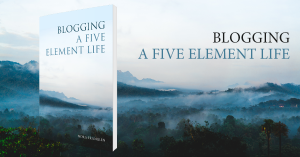 Following the release of Blogging a Five Element Life, we caught up with author Nora Franglen to ask her some questions about her life as an acupuncturist and what people can expect from her new book.
Following the release of Blogging a Five Element Life, we caught up with author Nora Franglen to ask her some questions about her life as an acupuncturist and what people can expect from her new book.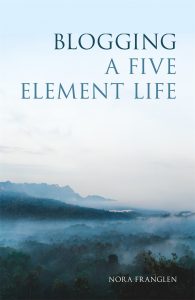
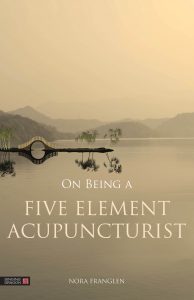
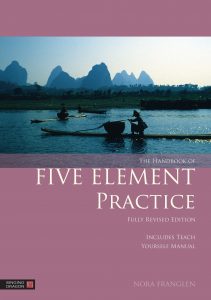
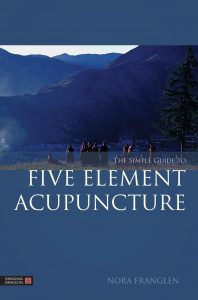 The Simple Guide to Five Element Acupuncture
The Simple Guide to Five Element Acupuncture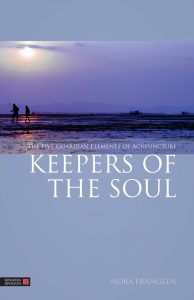 Keepers of the Soul
Keepers of the Soul